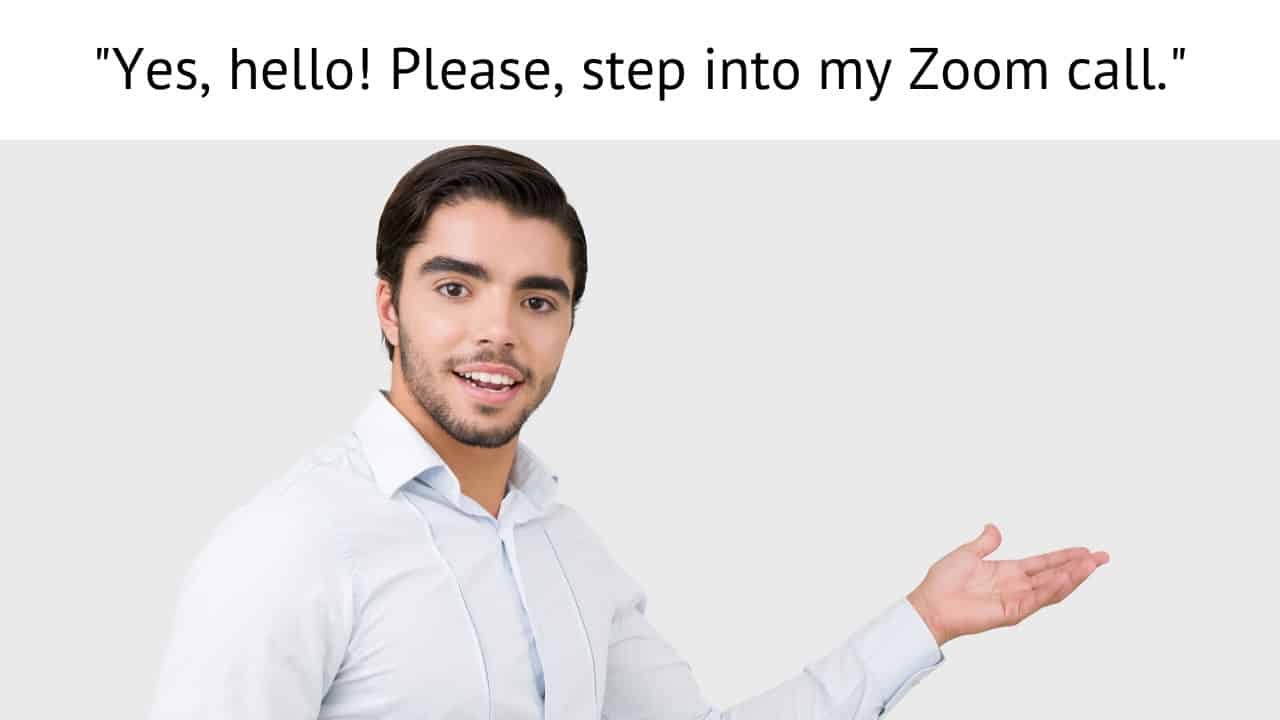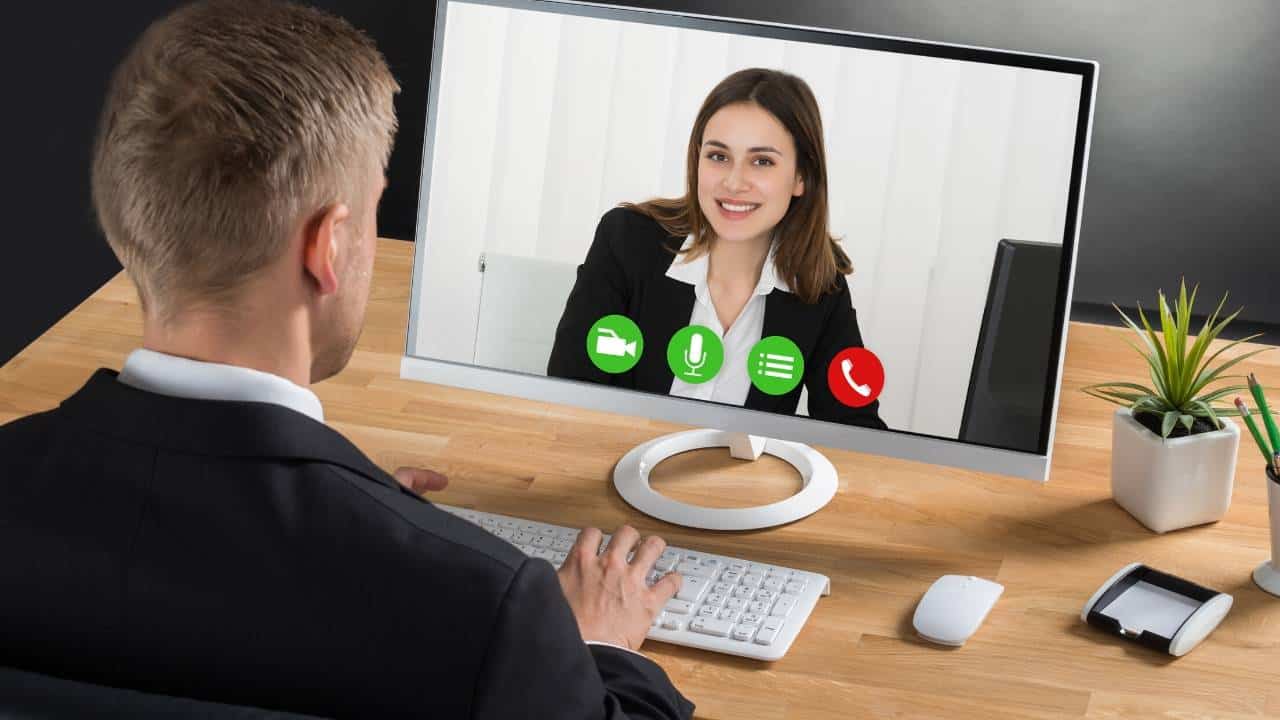Virtual sales are taking off like never before as the Coronavirus continues to wreak havoc on the economy.
Pipelines are going soft, deals are falling through, and previously essential site visits have been taken off the table.
For this post, we’ll ignore the businesses that had the luck of being in the right market at the right time. Instead, we want to focus on the main difference between those currently scrambling to survive and those seeing growth.
The most successful see this as an opportunity to learn and to change.
Change your relationship with your clients. With virtual selling, you need to think of new ways to interact and engage. Invest in yourself or your sales team and learn how to bridge the gap between virtual sales and in-person.
To get you started, we’ve outlined the top 3 techniques that will help you land sale after sale.

1. Reinvent Your Sales Process
As a virtual seller, the first step is to map out your old client journey to identify the following:
- What areas can easily transition to virtual?
- Where can new technology improve upon it?
- What can you do now that wasn’t possible before?
For example, let’s say you had a client who insisted on your sales teams traveling to them on-site that is now reluctantly dealing with you virtually. Every trip likely cost you hundreds or thousands of dollars. The money you’ve saved here could be invested in your client. Give them a better webcam, headset, an iPad—anything that will make communicating with you online an easier process. It’s an excellent way to solidify your relationship with them while also making the virtual sales process a lot easier.
2. Virtual Sales Calls Should Be Concise
A study by Microsoft Corps showed that digital technology had lowered the average attention span to less than a goldfish—around 8 seconds.
With virtual selling, you need to assume you don’t have their undivided attention. They could have other tabs on their browser open, be checking their email, or working on something else while talking to you. The best way to mitigate this is to lay out a concise agenda or presentation outline from the start with planned breaks. Here are some ideas you can use:
- Polls help you get a feel for their opinion on your talking points
- Sending an outline or materials before and after your virtual sales call helps frame your presentation and showcase more authority
- Ask that everyone has their camera turned on to encourage a higher attention
3. Rework Your Presentation
Regardless of whether you’re selling in person or virtually, it is essential to have a well-designed and planned presentation. Through insightful sales training, you can learn the most effective techniques used by the world’s best sales teams.
For this post, we want to share one of the most important rules we teach. No one wants to look at slides packed full of text and bullet points while the presenter reads from them.
The rule is to only have one idea per slide.
One stat. One quote. One feature or benefit. Whatever it is, you want your client to be listening, not reading, and combine this with strong visuals is a proven method to improve retention and engagement.
Invest In Yourself
Just like anything else, learning how to be an effective virtual seller requires learning and practice.
If you’re interested in accelerating your progress to be as good on camera as you are in person, check out our Virtual Communications Online Class.
It features 3 hours of live expert-led online training and access to a wealth of downloadable resources to further your knowledge of virtual communication.
TAKE THE FIRST STEP TO MASTER POWERFUL NEW SKILLS
Schedule an easy 30-minute call using our calendar. We’re here to help!









